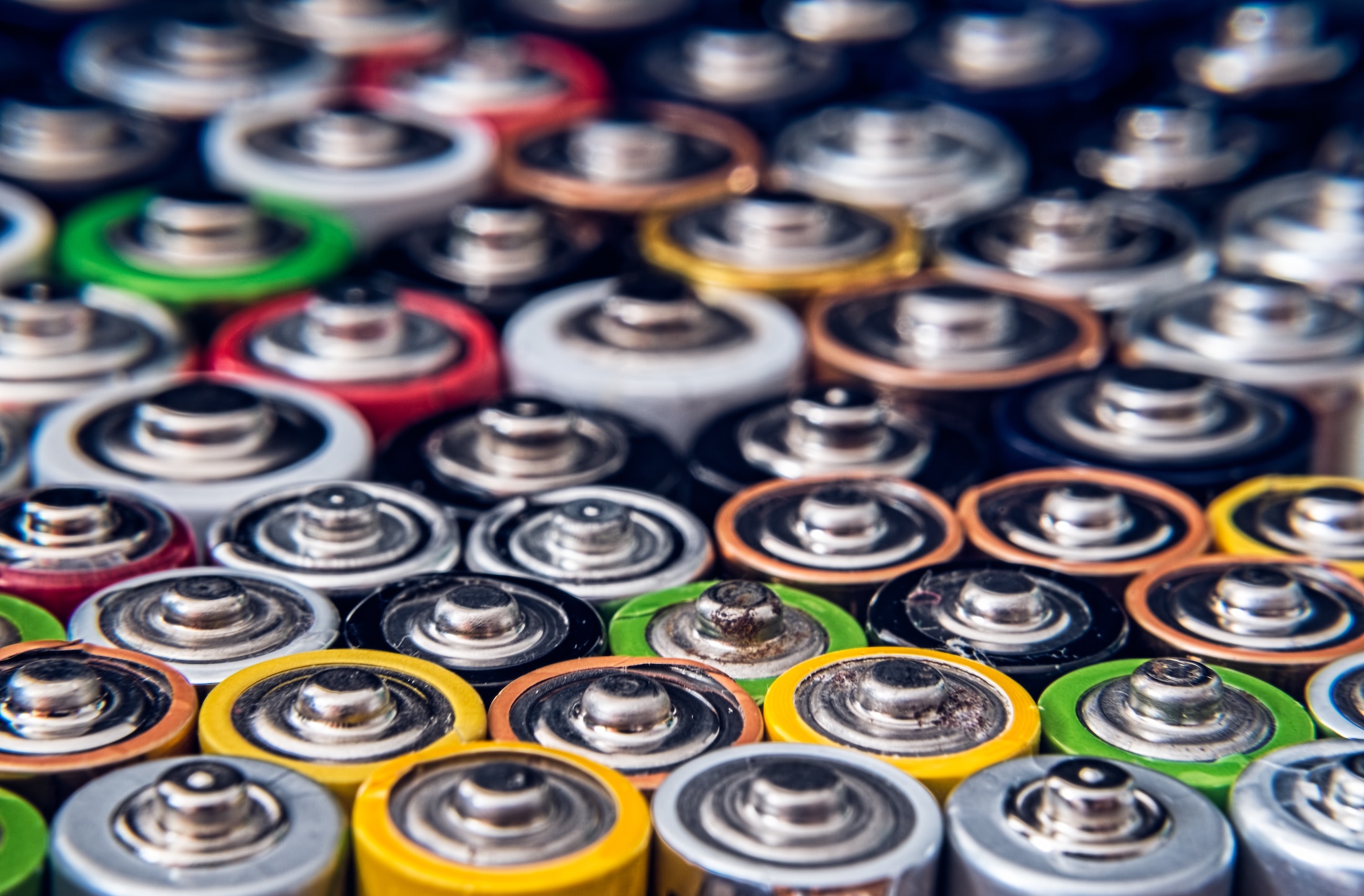2017 was a strong year for renewable energy, as detailed in the new report The Global Trends in Renewable Energy Investment 2018, published on April 5th by UN Environment, the Frankfurt School-UNEP Collaborating Centre, and Bloomberg New Energy Finance. It was the eighth consecutive year in which global investments in renewable energy sources exceeded $200 billion, bringing the total invested up to $2.9 trillion since 2004.
The 157 gigawatts of renewable power commissioned in 2017 were record breaking, far outweighing the 70GW of net fossil fuel generating capacity added over the same period. Solar alone accounted for 98GW of this renewable power, or 38% of the net new power capacity added. The growing interest in solar likely stemmed from falling costs. Investments in solar were $160.8 billion, up 18 %, comprising 57% of the total investment in renewables (excluding large hydro) of $279.8 billion. Investment in solar even outweighed the combined investments in coal and gas generation capacity, at an estimated $103 billion.
UN Environment head Erik Solheim explained the shift to solar and renewables: “The extraordinary surge in solar investment shows how the global energy map is changing and, more importantly, what the economic benefits are of such a shift. Investments in renewables bring more people into the economy, they deliver more jobs, better quality jobs and better paid jobs. Clean energy also means less pollution, which means healthier, happier development.”
The driving force behind the investment in renewable energy was China, accounting for 45% of the global total. Of the $126.6 billion invested in China, solar accounted for 53GW of added capacity with an investment of $86.5 billion – more than half of global solar investment in 2017. While renewable energy investments in China were up by 58% in 2017, they were down by 6% in the US, 36% in Europe, and 28% in Japan. Drastic increases in investments, 147% in Australia, 810% in Mexico, and 127% in Sweden were also observed in 2017.
Angus McCrone, Chief Editor of Bloomberg New Energy Finance and lead author of the report, explained these negative trends, saying: “In countries that saw lower investment, it generally reflected a mixture of changes in policy support, the timing of large project financings, such as in offshore wind, and lower capital costs per megawatt.”
Read the full report Global Trends in Renewable Energy Investment 2018.






